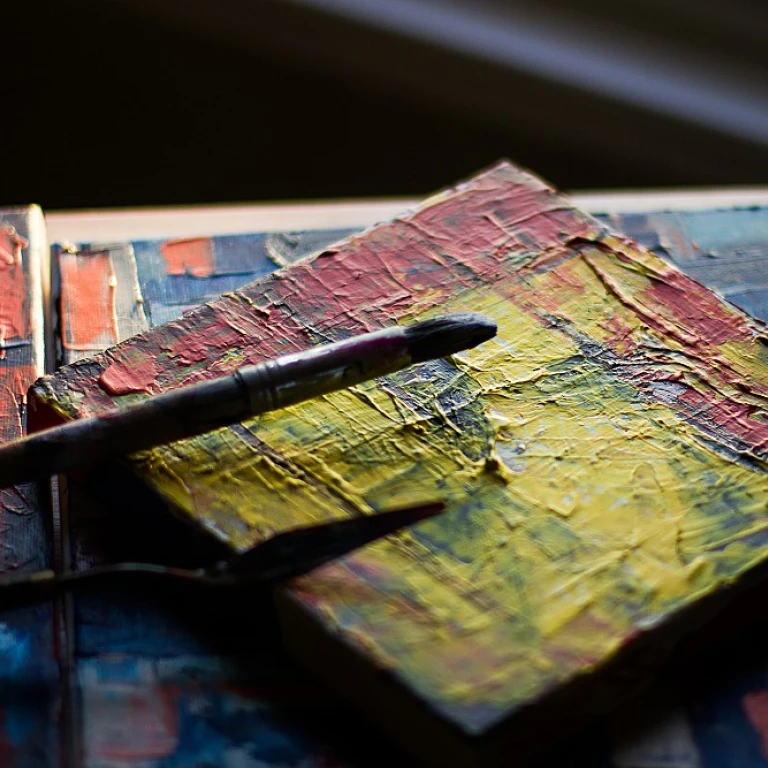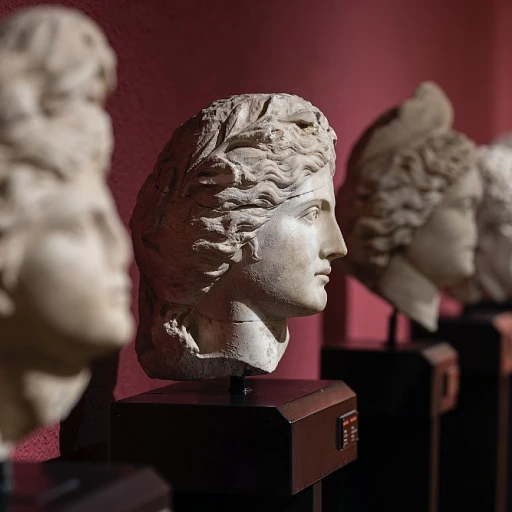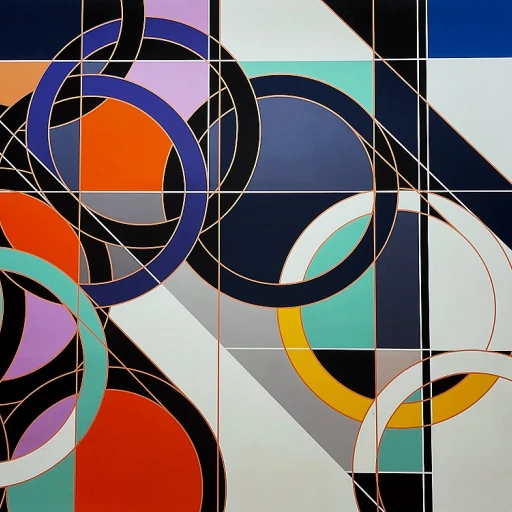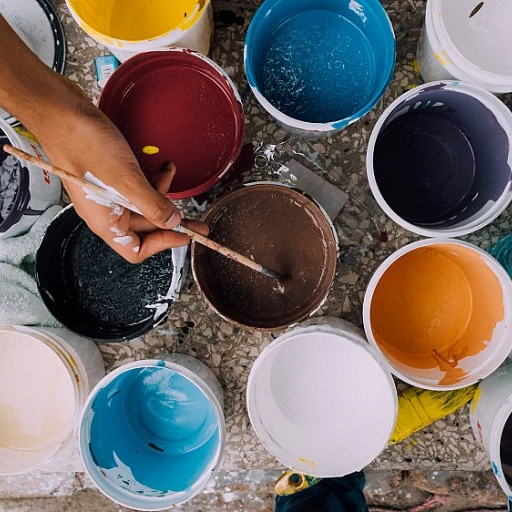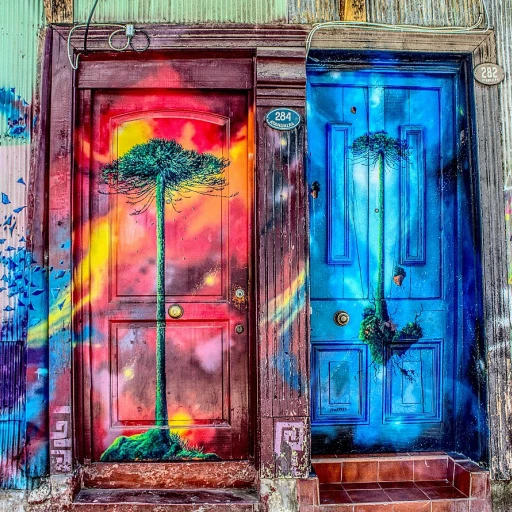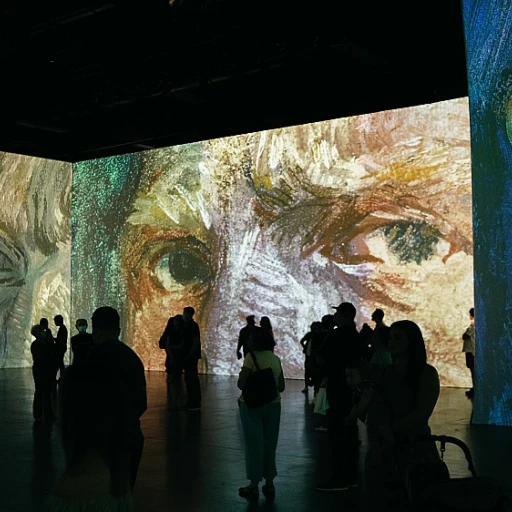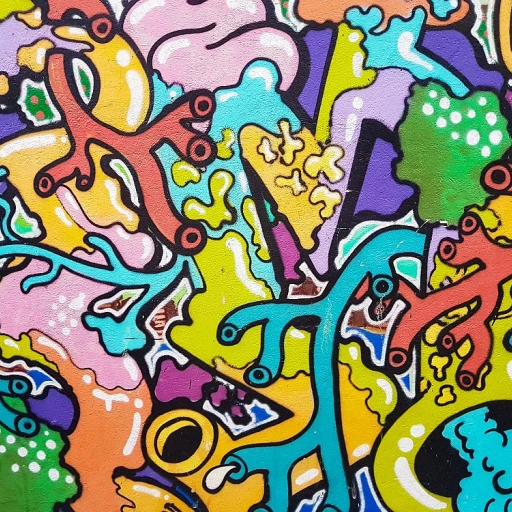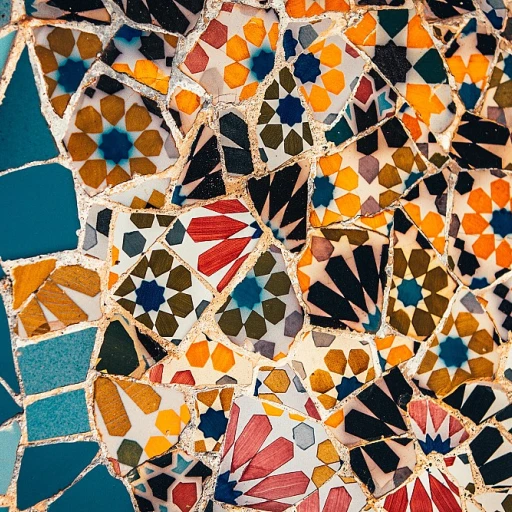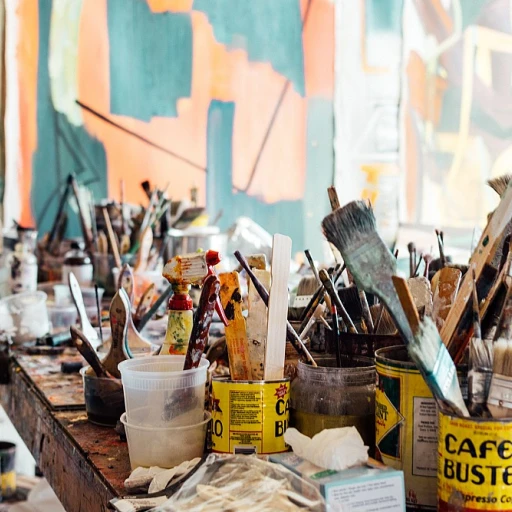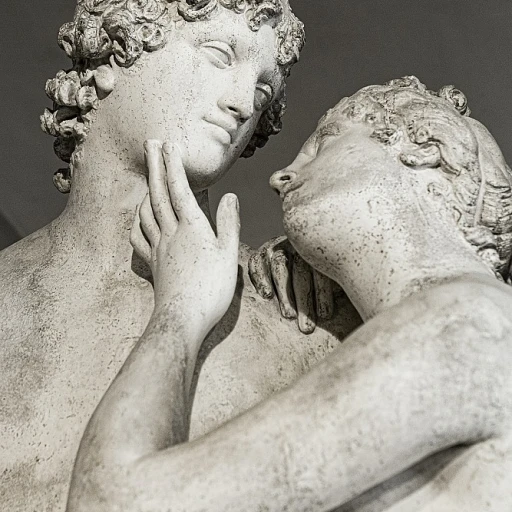-teaser.webp)
The Evolution of Picasso's Style
Tracing the Artistic Journey
Pablo Picasso's artistic evolution is nothing short of a fascinating saga in the annals of modern art. Initially, Picasso's art was heavily steeped in realism, reflecting the nuances of his early years as an artist. The early works, characterized by their meticulous attention to detail, hint at a deep-seated respect for the traditional schools of painting. In the early 20th century, Picasso embarked on a path that would redefine Western art, yet this journey began with the realistic portrayal of figures and portraits that spoke volumes of his colorful personal journey. A pivotal moment in Picasso's life, the Blue Period, showcases this intrinsic realism. The oil canvas works from this time exude emotional depth and somber tones, capturing the societal struggles and introspections of his young adult life. These paintings fill the observer’s imagination with the human experience, raw and unrefined. As an embodiment of early modern art, these realistic masterpieces serve as a testament to his innate ability to capture human emotion and form through a realist lens. Furthermore, his time spent in the vibrant environs of picasso barcelona laid a foundation for capably translating reality into art. As an artist, Picasso's grasp of realism is evident in how he could portray the world around him, producing pieces that resonate with truth and authenticity, qualities that make these works as sought after today as they were in their inception. One cannot overlook the intersectionality that later fueled Picasso’s work, blending the methods of realism with cubism, which will be examined subsequently. His portraits, imbued with realism, also served as a prelude to his revolutionary leap into the avant-garde movements that would later define his legacy. For those interested in exploring the manifold intricacies of Picasso's artistic journey, the depth and nuance of his realistic works offer a meaningful exploration into his early artistic insights. Explore further insights as Picasso's early realism set the stage for his later explorations into the uncharted territories of cubism and beyond.Realism in Picasso's Early Works
Diverse Influences and Little-Known Details
Pablo Picasso's early works serve as a testament to his prowess in realism, showcasing his ability to capture the essence of life with precision and depth. These paintings, often overshadowed by his later experiments with cubism, highlight a period of his life when he was still discovering his artistic voice. During these formative years, Picasso's works were characterized by an intricate blend of influences from western art and societal experiences. In particular, the Blue Period, a phase marked by somber colors and melancholic subjects, represents a piercing exploration of realism. Picasso's fascination with the human figure, often depicted in portraits, was apparent in his use of oil canvas to portray the raw emotions and everyday struggles of the people around him. This phase is recognized for its deep emotional intensity and poignancy, often exemplified in pieces found at Museu Picasso and van Gogh-inspired touches. Interestingly, Picasso's time spent in Paris played a crucial role in shaping his early realist works. Being immersed in the avant-garde environment of the city exposed him to various modern art movements and allowed him to refine his skills beyond traditional confines. This exposure to diverse artistic circles, including encounters with Picasso Paris and societal motifs, enriched his craft, making his early paintings a vivid narrative of an evolving artist. For more insights into the unique allure of monochrome abstractions and their significance in modern art, delve deeper here to explore how early Picasso embraced a broader palette, setting the stage for his future endeavors. During this time, Picasso laid the foundation for what would become a hallmark of his career—an ability to merge traditional realism with innovative stylings. His early experiences undoubtedly influenced his later works, creating a rich tapestry of artistic evolution that continues to captivate and command admiration from art lovers worldwide.The Intersection of Realism and Cubism
Blending Realism with the Abstract
The intersection of realism and cubism in Picasso's artistic journey is a notable phase that marks his evolution as a transformative figure in modern art. During the early years of his career, Picasso embraced the themes of realism through his paintings, often portraying scenes and figures with striking fidelity to authentic life experiences. Works like his "La Vie" from the Blue Period demonstrate his adeptness in capturing the somber tones of human life on the oil canvas. However, as Picasso's style matured, he ventured into the avant-garde world of cubism, which redefined artistic norms. Cubism offered a unique lens through which the artist could explore multiple perspectives within a single composition. Despite the radical shift, elements of realism persisted in his works, as seen in the structural arrangement of forms within "Les Demoiselles d'Avignon." This painting bridges the gap between realism and abstract expression, showcasing Picasso's genius in synthesizing different art movements. Picasso's ability to "fill" his paintings with both realistic detail and cubist abstraction speaks to his unique place in art history. Museums and collectors alike celebrate the transparent transition visible in his work during this period. The Musee Picasso in Paris and the Museu Picasso in Barcelona remain key cultural repositories that house some of these masterpieces, providing insight into the artist's remarkable fusion of styles. For those fascinated by this convergence of realism and cubism, the exploration of surf-inspired luxury art might also present intriguing parallels in the way modern artists blend different influences (https://www.luxury-artwork.com/blog/exploring-the-allure-of-surf-inspired-luxury-art). This artistic interplay continues to inspire and challenge contemporary art enthusiasts to reinterpret the boundaries between realism and abstract artistry.Luxury Art Market and Picasso's Realistic Pieces
Picasso's Realism in the Luxury Art Market
In the world of luxury art, the works of Pablo Picasso hold a revered place, particularly his realistic pieces from different periods of his artistic life. These artworks, a testament to Picasso's evolution, fill the walls of prestigious galleries and collectors' homes. Notably, the demand for Picasso's realist paintings has surged among connoisseurs of modern art, reflecting a keen interest in both his early and transitional phases. Picasso’s realistic portraits and figures, meticulously crafted on oil canvas during his early years, are coveted not only for their artistic merit but also for their place in art history. These works serve as a bridge connecting his initial realistic style with the later avant-garde movements that Picasso spearheaded, such as cubism. Esteemed pieces like those housed in the Museu Picasso in Barcelona or exhibitions such as the Picasso Paris collection showcase the breadth of his talent during different periods. The blue period, characterized by its somber tones and emotive depth, is particularly significant in the luxury market. Paintings from this time evoke the same visceral response as works by renowned artists like Van Gogh, capturing the attention and admiration of high-caliber collectors. This period’s portrayal of societal themes and personal struggles adds layers of meaning and value that resonate with a discerning audience. Moreover, Picasso's works, governed by the estate pablo and rights society, are not just seen as investments. They are cherished pieces that tell stories of early modernism and the societal transitions captured in the western art canon. As collectors vie for these historical treasures, their intrinsic and financial value continues to rise, underscoring their esteemed status in the realm of luxurious artwork. Enthusiasts attending exhibitions or frequenting institutions like museum art centers or Picassos in Barcelona, can witness the evolution of realism through Picasso's work. It's an experience that transcends art, delving deep into the essence of life and artistic expression, immortalizing Picasso as an icon in the luxury art community.Collecting Picasso's Realistic Art
Acquiring Masterpieces from Picasso's Realistic Phase
Collecting art from Picasso's realistic period is a pursuit that combines passion with investment acumen. For those who appreciate the nuanced evolution of Picasso's style, acquiring pieces from his early years offers a glimpse into the artist's formative period. These works, often overshadowed by his later cubist innovations, hold a unique place in art history.When considering a purchase, it's essential to understand the context of Picasso's life and the artistic movements that influenced him. His early paintings, rich in realism, reflect a time when the artist was deeply engaged with the traditional techniques of Western art. These pieces often depict figures and portraits that reveal the depth of his skill before he ventured into the avant-garde.
Understanding the Market Dynamics
The luxury art market for Picasso's realistic works is both competitive and rewarding. Collectors should be aware of the provenance and authenticity of each piece, as the market is rife with forgeries. Engaging with reputable galleries and auction houses can provide assurance and access to verified works. The Picasso estate and rights society play a crucial role in maintaining the integrity of his oeuvre.Investing in Picasso's realistic paintings is not just about financial gain; it's about preserving a piece of modern art history. As these works become increasingly rare, their value continues to appreciate, making them a coveted addition to any collection.
Building a Collection with Purpose
For those new to collecting, starting with smaller works or sketches can be a strategic entry point. These pieces, while more accessible, still offer insight into Picasso's artistic journey. As your collection grows, consider expanding to include significant oil canvas works from his blue period or exploring the influence of his time in Picasso Paris.Ultimately, collecting Picasso's realistic art is about more than just acquiring paintings; it's about engaging with the legacy of one of the most influential artists of the modern era. Whether displayed in a private collection or shared with the public in museum art exhibitions, these works continue to inspire and captivate audiences worldwide.

